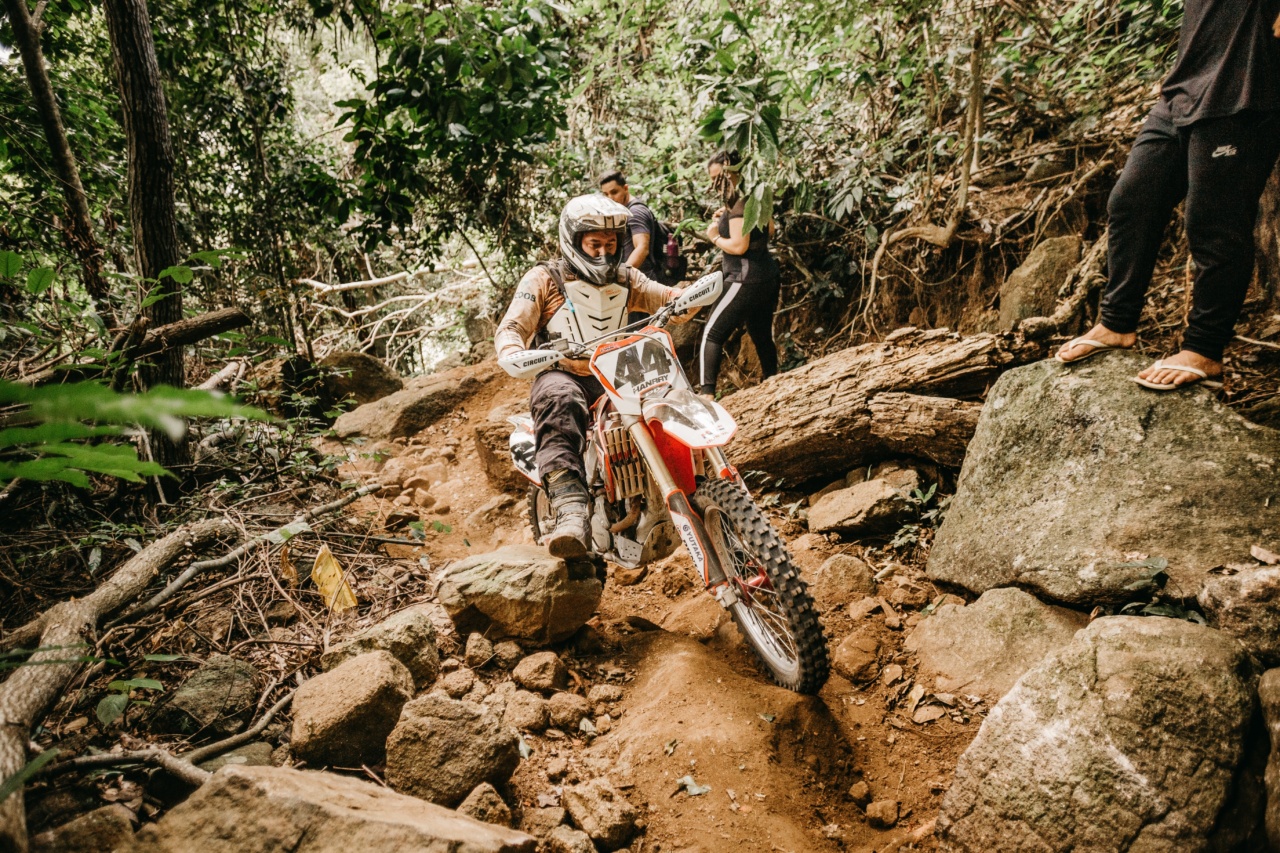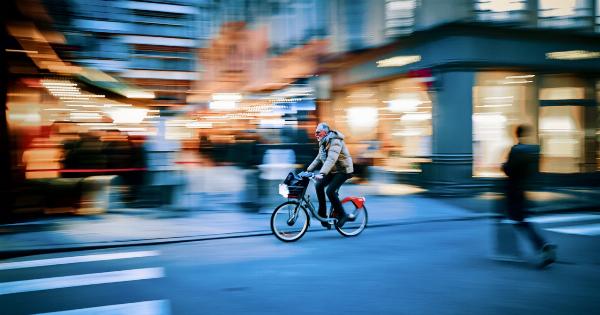In recent years, cycling has experienced a surge in popularity as both a recreational activity and a mode of transportation.
With its numerous health benefits and minimal impact on the environment, it’s no wonder that more and more people are taking up cycling. However, concerns have been raised about the potential risks to male cyclists, specifically in regards to their manhood. This article aims to explore the potential risks and offers insights into how individuals can protect themselves.
The Anatomy of Male Cyclists
Before delving into the risks associated with cycling, it’s important to understand the anatomy of male cyclists. The male genital region consists of the penis, testicles, and associated structures.
While these organs are naturally protected by the pelvic bones and soft tissues, they are susceptible to external forces and trauma, especially during activities that involve repetitive motion or pressure.
The Impact of Cycling on Male Genital Health
While cycling is overall a safe and beneficial activity, it does pose certain risks to male genital health. These risks largely stem from the prolonged pressure and friction experienced by the genital area during cycling.
Here are some of the potential consequences:.
1. Erectile Dysfunction
Some studies suggest a correlation between cycling and erectile dysfunction (ED). Prolonged pressure on the perineum, the area between the scrotum and anus, can compress the blood vessels and nerves responsible for maintaining an erection.
This compression, over time, may contribute to the development of ED.
2. Decreased Sperm Quality
Research has indicated that frequent cycling may be linked to decreased sperm quality. Prolonged exposure to heat and pressure in the genital area can elevate scrotal temperature, potentially impairing sperm production and motility.
However, more studies are needed to establish a definitive causal relationship.
3. Genital Numbness and Tingling
The constant pressure exerted on the perineum during cycling can lead to temporary numbness and tingling sensations in the genital area. This may be alarming for some individuals, but it is generally reversible once pressure is relieved.
4. Genital Infections
The heat and moisture generated by prolonged cycling can create an environment favorable for bacterial or fungal growth in the genital area.
This can increase the risk of developing infections such as balanitis, jock itch, or urinary tract infections (UTIs). Proper hygiene practices are essential to mitigate these risks.
Protecting Male Genital Health
While the risks associated with cycling are concerning, there are several strategies male cyclists can employ to protect their genital health:.
1. Invest in a Proper Bike Fit
A bike that is not properly adjusted to your body can increase the pressure on the perineum. Consult with a professional bike fitter to ensure your bike’s dimensions are tailored to your individual anatomy.
2. Choose the Right Saddle
Not all bike saddles are created equal. Look for saddles with a cutout or groove down the middle that reduces pressure on the perineum.
Additionally, consider the width and padding of the saddle to find one that provides adequate support without excessive pressure.
3. Wear Padded Cycling Shorts
Padded cycling shorts can provide extra cushioning and reduce friction that comes from prolonged time in the saddle. Look for shorts specifically designed for cycling to ensure maximum comfort and protection.
4. Take Regular Breaks
Avoid long periods of continuous cycling by taking regular breaks to relieve pressure on the perineum. Stand up on the pedals or dismount from the bike to allow blood circulation in the genital area.
5. Practice Proper Hygiene
Maintaining good genital hygiene is crucial for preventing infections. After each ride, clean the genital area thoroughly and change into clean, dry clothing.
Use mild, hypoallergenic soaps and avoid harsh chemicals that can disrupt the natural balance of the skin.
Conclusion
While there are potential risks to male genital health associated with cycling, proper precautions can significantly minimize these risks.
By investing in a proper bike fit, selecting the right saddle, wearing padded cycling shorts, taking regular breaks, and practicing good hygiene, male cyclists can continue to enjoy the benefits of cycling while protecting their manhood. Remember to listen to your body and consult a healthcare professional if you experience persistent discomfort or issues.































